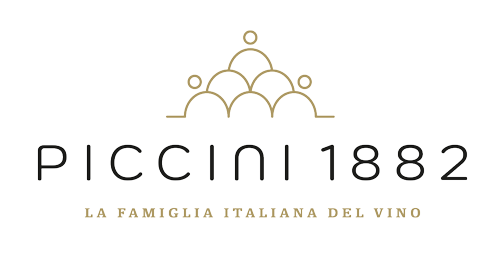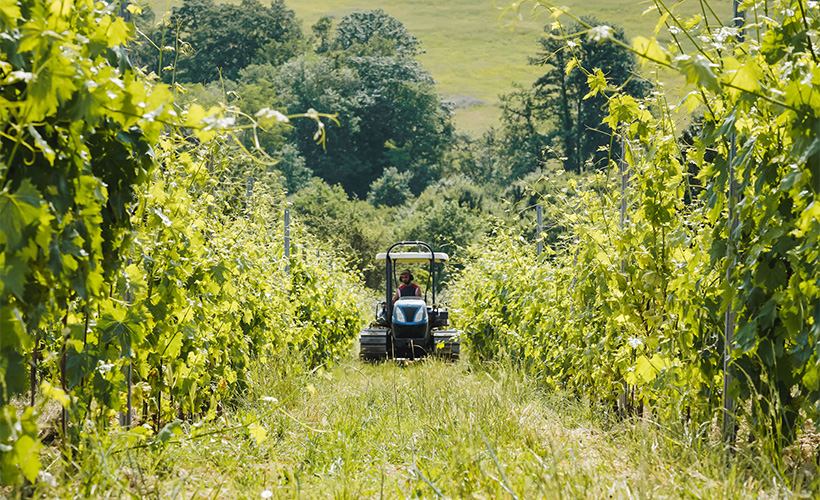In a period of great change, our company has been able to adapt and seize new opportunities, strengthening its presence in global markets and investing in innovation and sustainability. Between fast-growing e-commerce, consolidated exports and increasingly refined digital strategies, our development path continues with determination, facing challenges with vision and ambition.
1. What is the breakdown of your market between Horeca and large-scale retail and e-commerce?
Large retailers have always accounted for the largest share of our market, which, however, also relies firmly on the HoReCa, despite the damage brought by the pandemic. The last few years have seen, finally, the swirling rise of the e-commerce, which recorded a resounding +300% year-on-year.
2. Currently your export percentage is? How is it broken down? How many countries do you have a presence in?
Our company has always pays great attention to foreign marketsi, so much so that we are able to showcase our wines on the shelves of 82 Pcountries of the world. Over the past few years, we have carved out a solid presence in some of the most important quadrants of the globe such as Germany, the United Kingdom, China and the United States. Currently 65% of our revenues come from the foreign market , 83% of whose revenues are accounted for by the large distribuction.
3. 2020 has been a difficult year. How did it go for you?
In spite of the troubled situation that has affected the Paese, in 2020 our sales recorded a mighty 6.5 percent increase over the previous year. Overall, it was a year of transition, punctuated by significant investments, such as the opening of the new production hub in Casole d’Elsa, with a at the expense di 13 million euros.
4. What are trends that have emerged over the past year and into this one? (some examples: sales of the most expensive wines and reds; organic; e-commerce; affirmation of the brands best known; direct contact with the consumer; other…)
The spread of the pandemic from Covid-19 has changed the cards on the table., but we were adept at not being unprepared. In response to the closures that affected the foodservice environment, we opened the supermarket doors to some of our premium labels, allowing consumers to benefit at the table from the same quality of which once could only enjoy at a restaurant. In addition, to the inevitable retreat of the HoReCa sector, we compensated with the surge in e-commerce turnover.
5. What did 2020 teach you?
The year 2020 reminded us reminded that even in the darkest moments our country will always be able to count on an invaluable wealth: the extraordinary beauty that the world intero envies us. We are the country that has devoted centuries to creating masterpieces that today more than ever must inspire our actions and guide our restart. Communicating beauty and aiming with even more determination for excellence, this is the lesson that has left us the year just past.
6. What kinds of changes did it force you to make in your business model?
The pandemic has made scorched earth of fairs and events, leading our gaze to focus more on internal company affairs. We embarked on a path we hold dear, that of sustainability on a social, environmental and economic level. In addition, 2020 allowed us to further tune in to our customers by enhancing digital communication tools .
7. What do you imagine 2021 will be like for you?
Making predictionsi certain and accurate is almost impossible, since even today most sectors remain hostage to the vagaries of the virus. Nevertheless, I hope that soon the state will be able to baste, together with businesses, ahe restart strategy focused on wealth creation, to lift the purchasing power of Italian families. As far as our side is concerned, for some time now, we have decided to focus on a circular economy that moves from safeguarding the environment and the well-being of the individual, finding its center of gravity in the quality of life.
8. What about for the Tuscan wine world?
In 2021 we expect a recovery in prices and volumes compared to 2020. The pandemic has severely affected the restaurant and tourism sectors, which are the main sales channels for fine Tuscan wines. In 2021 we therefore expect a recovery linked to good performance of large-scale retail, online and to the performance of the last harvest marked by an increase in quality at the expense of quantity.
9. What predictions do you feel like making for the Tuscan wine world going forward?
Tuscan wine will be called to an important test: finding the strength to renew its image, in terms of packaging, communication and style, in order to meet the renewed needs of the consumer.
10. Which countries will do best as exports for 2021 in your opinion (which ones can be worked with most satisfactorily)
The pandemic has unfortunately shown no signs of abating yet, so we feel like betting on the Anglo-Saxon countries, with the United Kingdom leading the way. Germany, too, could hold some pleasant surprises, along with those nations that have always shown an excellent propensity to buy online, such as the Netherlands. We are also confident of a substantial recovery in China.
11. What role does digitization play in your company and how do you see it in the future?
The past year has marked a decisive stage in the journey of the digital revolution, with events and demonstrations that took place in the unusual setting of a screen. In addition, to express a stronger proximity to our clientele, we enhanced digital communication tools, from social initiatives to the refinement of the newsletter. Always at the forefront of innovation, we have been immediately geared up for this new challenge, knowing that digitization will be our bread and butter in the years to come as well.
12. What is your 2020 preliminary turnover?
Data in hand, estimates lead us to close out 2020 with a pre-consolidation turnover approaching 65 million euros.







